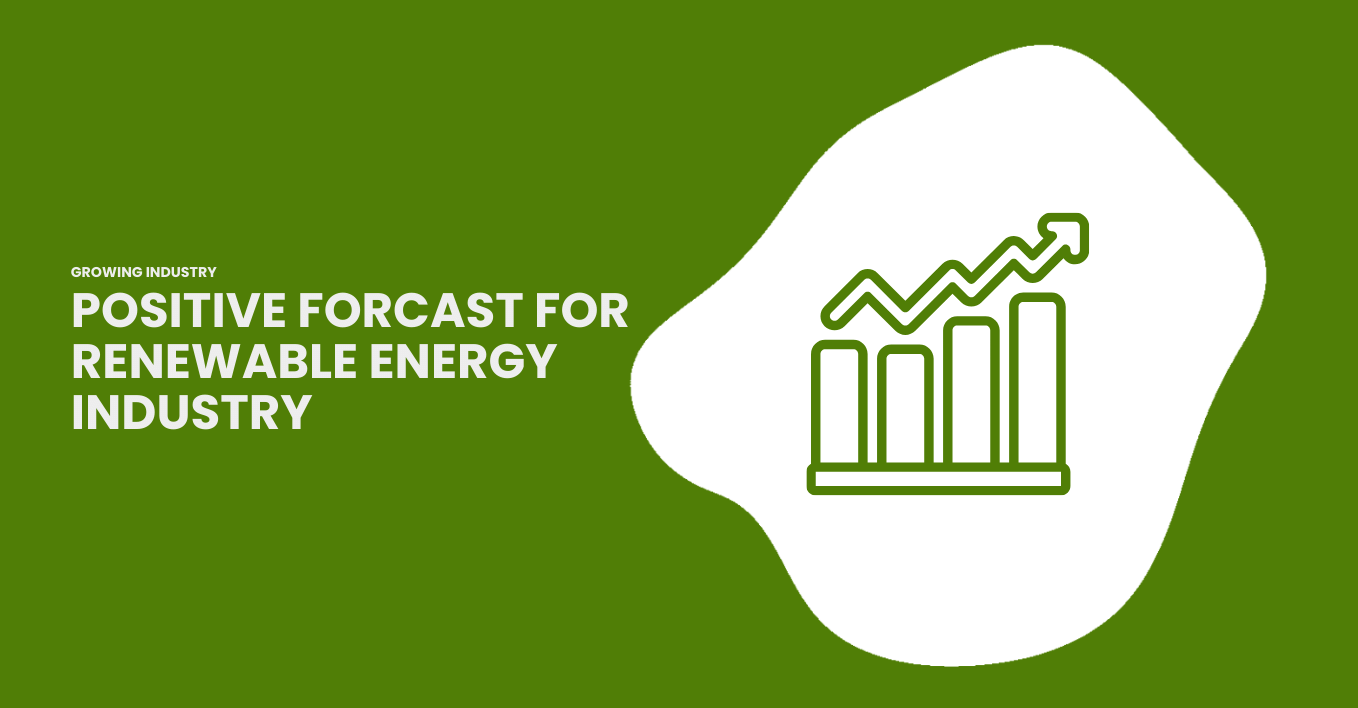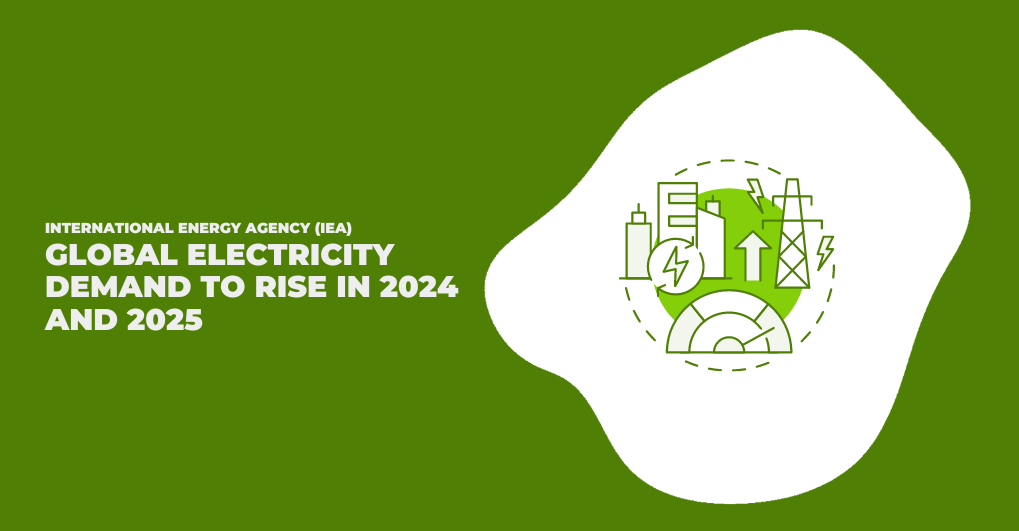Summary
The dramatic increase in solar panel exports highlights the urgent need for asset managers to implement software solutions to manage the impending boom in renewable energy.
Deep Dive
Industry leaders are urged to prepare for rapid growth in renewable energy, as solar panel exports from China soar, indicating a global shift towards sustainability.
In a striking development, solar panel exports from China surged by an impressive 34% in the first half of 2023, reaching an extraordinary 114 gigawatts (GW). This represents a significant increase from last year’s 85 GW.
This surge is fueled by China’s dominance in solar manufacturing, which constitutes about 80% of the global market share. The uptick holds significant implications for the rapid expansion of renewable energy worldwide.
Sam Hawkins, the data lead at Ember, remarked, “Solar growth is skyrocketing. The world is racing to tap into this inexpensive, clean, and abundant source of energy to power future economies. It’s clear that global manufacturing capacity is not the bottleneck in achieving the required fivefold growth in solar power by 2030.”
Which Regions Are Leading the Transition?
Europe has emerged as the leading importer of solar panels from China, accounting for more than half (52.5%) of China’s exports. The region saw a 47% year-on-year increase in imports, reaching a total of 65 GW in the first half of 2023, up from 44 GW in the same period last year. This added capacity is estimated to meet around 2% of Europe’s annual electricity needs, equivalent to Belgium’s consumption.
Brazil is the second-largest importer, having imported 9.5 GW in the first half of 2023, which closely resembles last year’s figure of 9.4 GW. However, the most rapid growth is seen in Africa and the Middle East.
Remarkably, South Africa experienced the largest growth outside Europe, with a staggering 438% increase in imports, amounting to an additional 2.7 GW. Consequently, Africa saw a 187% overall increase in imports, reaching 3.7 GW, making it the fastest-growing region.
The Middle East also experienced significant growth, with a 64% increase in imports, totaling 2.4 GW. Saudi Arabia led the region with a sixfold increase in solar imports from China, hitting 2.8 GW. The United Arab Emirates followed with a respectable 33% increase, accumulating 1.4 GW.
Asia was the only region to see a decline in imports from China, as India shifted its focus toward enhancing its domestic manufacturing capacity.
The European Parliament’s recent decision to expedite approval processes for renewable energy projects marks a significant step in alleviating bottlenecks in solar power deployment. The newly approved 12-24 month timeframe is a major advance in streamlining the integration of renewable energy into the grid.
Asset Managers Must Prepare
With solar panel exports from China experiencing unparalleled growth, the entire solar industry is on the brink of a monumental surge. Asset managers need to act now to prepare for this anticipated boom.
Implementing software solutions to automate processes and improve workflow is not just prudent—it’s essential. Such proactive measures will ensure that the coming surge in solar energy is maximized, accelerating the global transition toward a cleaner and more sustainable future.




